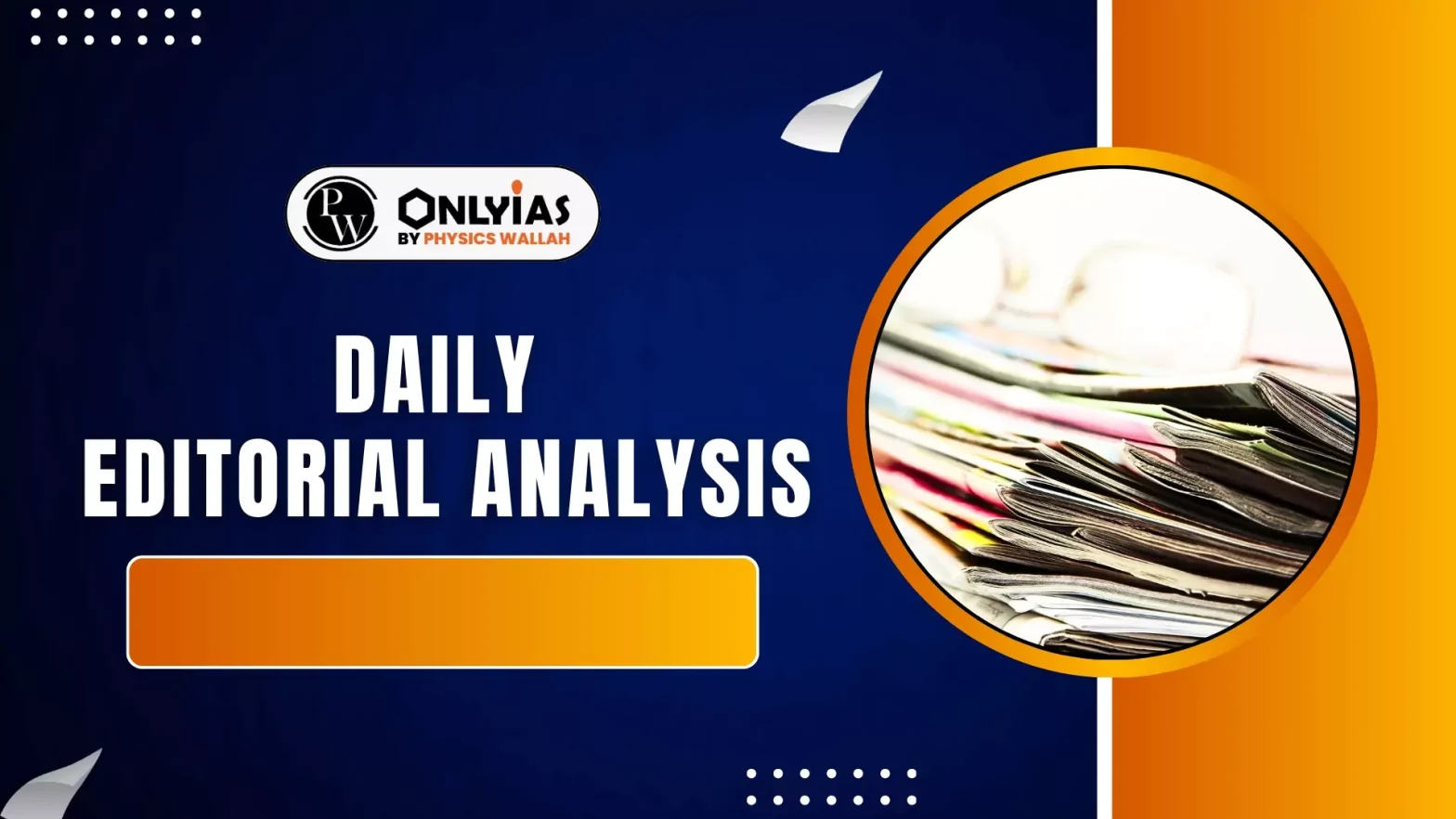BRICS has emerged as a significant force, signalling the Global South’s strong push for less dependence on Western countries.
- This assertion was evident in the Rio de Janeiro Summit held from July 6–7, 2025, hosted by Brazil, where BRICS leaders issued the Rio Declaration 2025, marking an ambitious turn in the bloc’s evolving journey.
Core Conviction and Vision of BRICS
- Outdated Institutions: At its heart, the BRICS Rio Declaration 2025 asserts that current international institutions, such as the UN Security Council, World Bank, and IMF, no longer accurately reflect the geopolitical and economic influence of emerging economies.
- Call for Reform: BRICS leaders advocate for reforms that grant developing nations a greater voice in global affairs.
- Modernisation over Dismantling: The objective is not to dismantle the existing global order but to modernise it to align with today’s multipolar reality, where multiple superpowers exist.
- India’s Support: India consistently supports this stance, as do other BRICS nations, including China, despite its unique position as a permanent member of the UNSC.
Expanding Influence and Economic Power
- Representation: Even before its recent expansion, BRICS member states represented over 40% of the world’s population and a significant portion of global GDP.
- New Members in 2025: The latest expansion, which includes Iran, Egypt, Ethiopia, and the UAE, has further solidified BRICS as a formidable economic coalition.
- Strategic Resource Leverage: The inclusion of oil giants and mineral-rich nations, particularly Iran and the UAE, significantly enhances the bloc’s leverage over critical energy markets and supply chains, including gas and oil.
- Assertion of Economic Agency: This expansion clearly indicates that the Global South intends to actively shape global economic forces rather than merely react to them.
Key Priorities of the Rio Declaration
- Inclusive Growth: Ensuring that growth benefits all and no one is left behind.
- Sustainable Development: Working towards long-term development goals.
- Digital Cooperation: Fostering collaboration in the digital sphere, including women’s digital inclusion.
- Climate Action: BRICS leaders champion climate action that supports, rather than stifles, development.
- A significant development is the endorsement of the Tropical Forest Forever Fund (TFFF), designed to secure sustained funding for protecting tropical forests, which are vital for combating climate change.
- This initiative aligns with Brazil’s role as the host of COP30 in November.
- Tackling Modern Challenges: The declaration addresses contemporary challenges like climate change, cybersecurity, and global conflicts.
- It also highlights collaboration on Artificial Intelligence, critical minerals, and green technology as crucial for economic stability and growth.
Strategies for Reducing Western Dependence
- Trading in Local Currencies: Promoting trade settlements in the local currencies of BRICS member states to reduce reliance on hard currencies like the US Dollar, Pound Sterling, and Euro.
- Integrated Payment Systems: Developing a neutral, integrated payment system, independent of dollar-dominated networks like SWIFT.
- Strengthening the New Development Bank (NDB): Positioning the NDB as an alternative source of funding for member states and encouraging other like-minded countries to join, thereby reducing dependence on the IMF and World Bank.
- Contingent Reserve Arrangement (CRA): Providing a financial safety net for member countries facing economic challenges such as Balance of Payments crises.
- Immunity from Western Sanctions: Creating alternative financial mechanisms and diversified trade relationships to shield member states from the effects of sanctions, as seen in India’s response to pressure over oil imports from Russia.
India’s Pivotal Role and Strategic Balancing Act
- Advocacy for the Global South: BRICS offers India a platform to amplify demands for UN reform, fairer global governance, and finance mechanisms for developing nations.
- India’s leadership in advocating for the African Union’s inclusion in the G20 (2023 Summit) and its role in securing strong BRICS statements on counter-terrorism (e.g., condemnation of the Pahalgam attack) highlight this.
- India hopes to use its leadership to promote development-oriented projects like African infrastructure and digital public goods.
- Engagement with the West: India also maintains strong ties with Western nations, including the US, EU, and Japan, fostering trade, defence, and technology partnerships.
- For example, India’s trade with the US alone was around $130 billion in 2024.
- These partnerships support India’s ambitions in semiconductors, clean energy, and digital infrastructure.
- Complex Relationship with China: Despite being BRICS members, India and China share a tense relationship.
- Border disputes (e.g., Galwan Valley clash in 2020), China’s support for Pakistan, and the “String of Pearls” port strategy contribute to mistrust.
- India’s trade deficit with China and dependency on Chinese critical minerals persist, despite strategic rivalry.
- Xi Jinping’s absence from the Rio summit and diverging interests of new members like Iran and Saudi Arabia show internal differences within the bloc.
- India’s Strategic Balance: India’s strategy involves active engagement with both power blocs — China-Russia and the West — to maximise national interests.
- This includes using BRICS to limit Western dominance while leveraging Western technology and markets for growth.
Future Outlook and India’s Chairmanship in 2026
- The Rio summit set the stage for BRICS to become a more active player in global development.
- Plans for expanded financing, digital cooperation, and Global South leadership reflect the bloc’s ambitions.
- However, challenges remain — technical capabilities, internal cohesion, and geopolitical tensions can hinder progress.
Conclusion
India’s upcoming BRICS chairmanship in 2026 will be critical. Its diplomacy must focus on delivering tangible outcomes, not just ideological statements.
- The challenge will be balancing its multipolar vision with its established ties to the West, ensuring BRICS becomes a bridge to a fairer world order rather than another polarising force.
![]() 9 Jul 2025
9 Jul 2025

